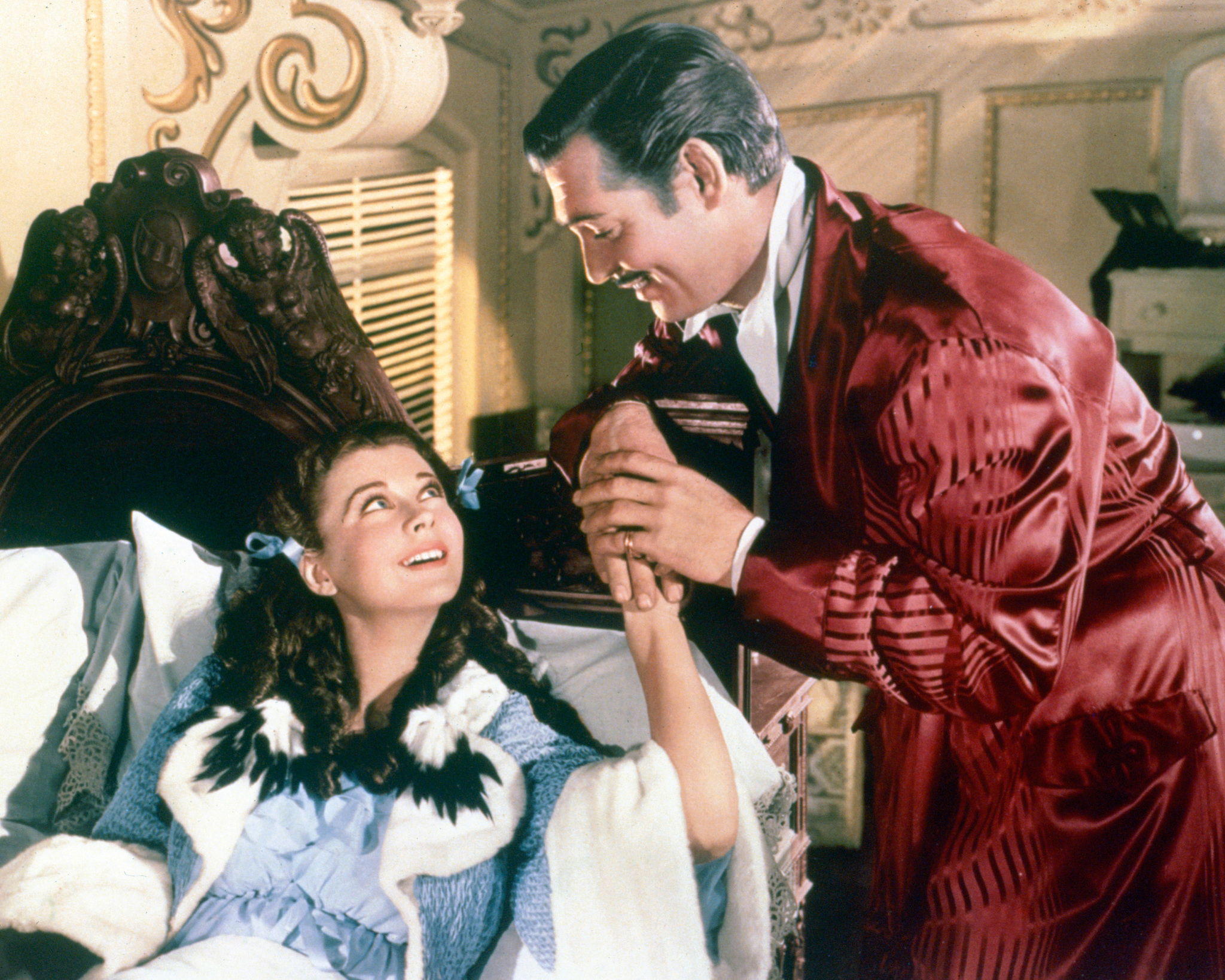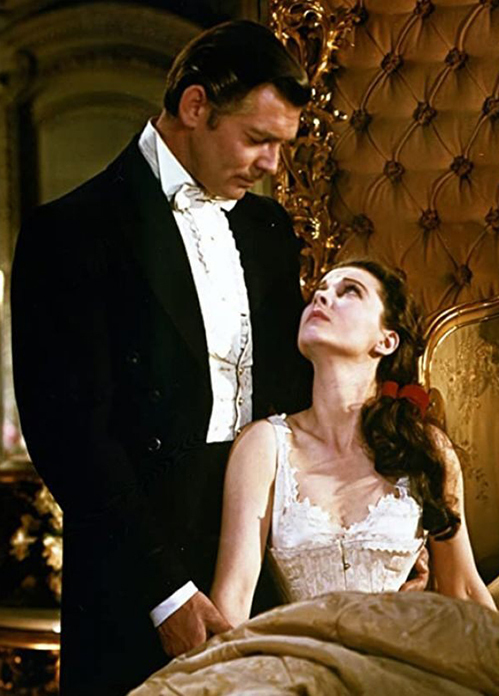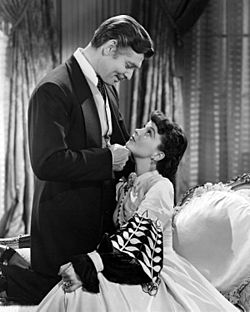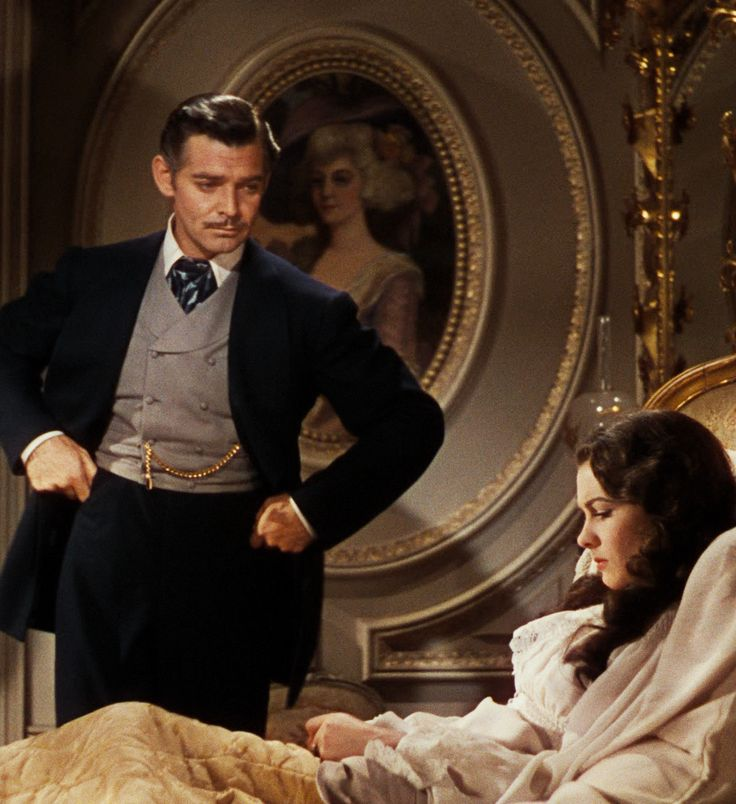When it comes to Hollywood blockbusters, few titles hold as much historical weight as Gone With the Wind. This 1939 cinematic masterpiece, directed by Victor Fleming, remains an unparalleled success when adjusted for inflation, grossing a staggering $1.6 billion domestically. Decades after its release, the film continues to captivate audiences, solidify its legacy, and spark debates. Let’s dive into how Gone With the Wind rose to iconic status and became America’s biggest blockbuster.
A Cinematic Spectacle Like No Other

When Gone With the Wind premiered on December 15, 1939, at Atlanta’s Loews Grand Theater, it was nothing short of a cultural event. The film brought Margaret Mitchell’s bestselling 1936 novel to life with groundbreaking artistry. From the use of vibrant Technicolor to its sweeping cinematography, every frame was designed to dazzle.
Hollywood historian John Wiley Jr. aptly described it as “Hollywood at its Hollywoodist.” The film showcased impeccable performances, particularly Vivien Leigh’s Oscar-winning portrayal of Scarlett O’Hara. Paired with Clark Gable’s Rhett Butler, their complex Civil War-era love story became an enduring hallmark of cinematic romance.
Adding to its allure were the lavish costumes, powerful musical score, and epic storytelling, elements that turned Gone With the Wind into the definitive movie-going experience of its time. It wasn’t just a film; it was an event.
The Inflation-Adjusted Champion of the Box Office
While modern audiences might assume that Avatar or Titanic reign supreme at the box office, the true champion—when adjusted for inflation—is Gone With the Wind. Its $1.6 billion domestic gross surpasses even Star Wars and The Sound of Music. This achievement highlights the massive cultural impact the film had upon release, as well as its ability to draw audiences back to theaters for re-releases throughout the decades.
At its core, the movie’s universal themes—love, resilience, and the human spirit—resonate across generations, keeping its appeal alive. Its box office dominance is a testament to its enduring popularity and the power of timeless storytelling.
Television Brings a New Wave of Fans

As the years passed, Gone With the Wind transitioned seamlessly from the silver screen to the small screen, proving its adaptability in the face of evolving media landscapes. When NBC first aired the film on television in 1976, it was an unprecedented success. Over two nights, nearly half of American households tuned in, solidifying the movie’s place as a national treasure.
Television rights to the film eventually landed with media mogul Ted Turner, who famously called it “the greatest movie ever made.” Turner, a lifelong fan, made Gone With the Wind the inaugural film on Turner Classic Movies in 1994, ensuring it would remain accessible to future generations of viewers.
Tourism and Pop Culture Legacy
Beyond its cinematic accolades, Gone With the Wind has become a cultural and tourist phenomenon. The Margaret Mitchell House in Atlanta attracts tens of thousands of visitors annually, offering fans a chance to explore set pieces, memorabilia, and artifacts from the film. The enduring interest in the movie underscores its role as a generational touchstone, passed down like a cherished family heirloom.

Additionally, the film’s impact on pop culture cannot be overstated. Iconic lines like “Frankly, my dear, I don’t give a da*n” have entered the lexicon, while Scarlett O’Hara’s determination has become a symbol of resilience and ambition. Few films can claim such a profound influence on both language and societal values.
Praise and Controversy: A Complicated Legacy
Despite its accolades, Gone With the Wind is not without its controversies. The film’s portrayal of slavery and romanticized depiction of the Antebellum South have drawn criticism over the years. Additionally, certain scenes, including one involving implied marital r*p*, have sparked intense debate.
Yet, these criticisms have done little to diminish the film’s cultural significance. Instead, they serve as a reminder of the importance of contextualizing art within its historical period while continuing to evaluate its themes through a modern lens.
Generational Appeal: Why We Still Care

So, why does Gone With the Wind still matter 85 years after its release? For many, it’s the nostalgia of a bygone era of filmmaking, one that prioritized grand storytelling and spectacle. For others, it’s a family tradition—an epic film passed down from one generation to the next, akin to watching It’s a Wonderful Life during the holidays.
Above all, Gone With the Wind endures because it captures the complexity of the human experience: love, loss, resilience, and survival. These universal themes make it a story that continues to resonate, regardless of time or place.
Conclusion: A Blockbuster for the Ages
Gone With the Wind isn’t just a movie; it’s a cultural phenomenon that has shaped American cinema and captivated audiences for generations. From its stunning Technicolor debut in 1939 to its record-breaking television viewership in the 1970s, the film remains a testament to the enduring power of storytelling.
As we celebrate its legacy, Gone With the Wind reminds us why we love the movies. It’s a time capsule of Hollywood’s golden age, a blockbuster that defined an era, and a story that continues to stir hearts and spark conversations. After all, in the words of Scarlett O’Hara herself, “Tomorrow is another day.”


